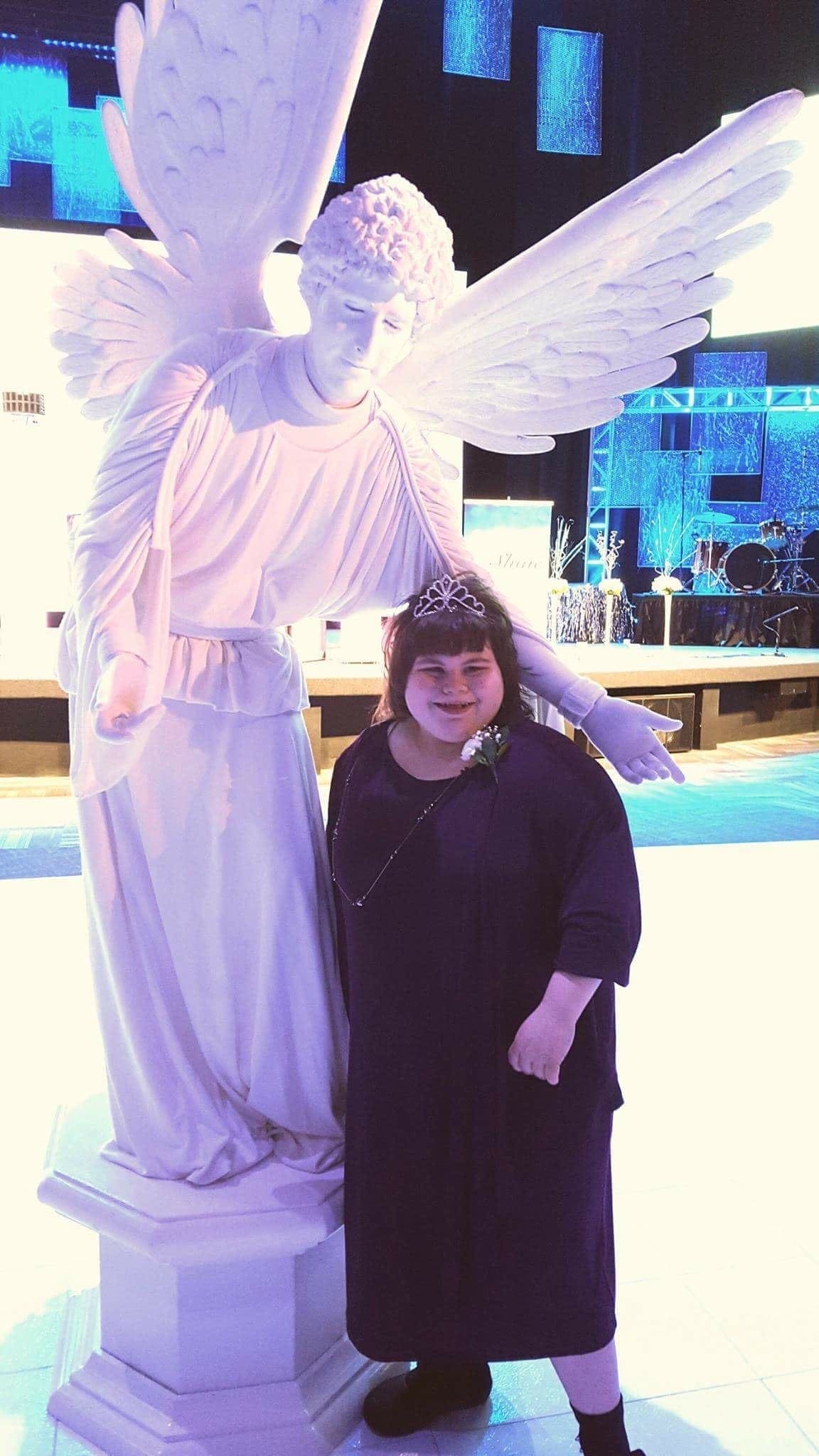How Can My Child Be Independent?

How Can My Child Be Independent?
Independent/independence …. Not influenced or controlled by others in matters of opinion, conduct, etc.; thinking or acting for oneself. We usually associate “independence” with the United States’ Independence Day on July 4th.
Many of us who have a child with special needs often wonder what “independence” means for our child. How WILL my child BE independent? Will he/ she be able to live alone, get married and have children? Will my child be able to go to college and/or be employed? These are probably issues that we as parents set as a “high bar” for our children.
As a “high bar” for our children. I recall going to our first IEP meeting as our younger daughter transitioned from Part C (Early Intervention) to Part B (the school district) by age 3. I was overwhelmed by what was being disclosed by the district. “Your daughter is severely visually impaired” is what we heard. What did that mean for Torrie, and ultimately, for us? I knew what we, as her adoptive parents, had seen over the year since she was home with us in Florida. Torrie pulled everything up to her face, within an inch, or closer, to her eyes. She did not “jump in” when playing with her friends. Torrie would bang into furniture/ walls as she walked from one place to another. Could she see who was talking to her, especially because she could not see details? Several months before that, we came to the realization that she would need Braille to read and a cane for mobility to keep her safe and independent. Even that was a hard pill to swallow! Now, Torrie had entered the school district for services at age 3, and we had more that we had to swallow. After those realizations set in, we knew that “independence” for Torrie was going to be much different than what it was for our older daughter with ADHD and a math processing disability.
Related: What Is Blindness/Visual Impairment?
For our children, independence will mean something different for  each child to be able to think or act for oneself. In the IEP, these skills will not just be listed under “Independent Functioning.” These skills can be listed in each domain – Communication, Curriculum & Learning, Social & Emotional, and Independent Functioning. The goal will start with more assistance and that assistance will then be decreased as your child makes progress and masters the goal. Working independently after having had hand-over-hand assistance using sign language or an augmentive communication device to speak to get their ideas out or answer questions, being able to write an essay and stay on topic without assistance, choosing her clothes and dressing herself, deciding to use a magnifier to read or joining
each child to be able to think or act for oneself. In the IEP, these skills will not just be listed under “Independent Functioning.” These skills can be listed in each domain – Communication, Curriculum & Learning, Social & Emotional, and Independent Functioning. The goal will start with more assistance and that assistance will then be decreased as your child makes progress and masters the goal. Working independently after having had hand-over-hand assistance using sign language or an augmentive communication device to speak to get their ideas out or answer questions, being able to write an essay and stay on topic without assistance, choosing her clothes and dressing herself, deciding to use a magnifier to read or joining  in on a conversation and staying on topic and waiting his turn. These are just a few areas where our children can learn to be independent in their own way.
in on a conversation and staying on topic and waiting his turn. These are just a few areas where our children can learn to be independent in their own way.
Our children will be taking “baby steps” toward larger goals for independence. As a parent, you must remember that these baby steps are huge accomplishments for our children. Applaud that step! Independence comes in many forms and each stride should be celebrated!!![]()
Related: BABY STEPS Tips for encouraging your child toward Independence
Doreen Franklin is a field interview for NORC and a Special Education Advocate. Doreen & her husband adopted two daughters; both are special needs. Doreen homeschooled her older daughter, who has ADHD, and tutored other children with special needs.
Helpful Articles
- Independence and Self-Advocacy
- College Bound: A Journey to Independence
- Important Life Skills to Teach Your Child with Special Needs
- Preparing for the First Apartment: Beyond Home Furnishings and Domestic Supplies
- When Is the Right Time to Transition from Your Home to a Group Home?
- Apps for Supporting Independence: The Transition to Adulthood
- Instacart App: Powerful Tool for Independence
- What Are Pre-Employment Skills and How Does My Child Get Them?
- Independence + Security Balance: Balancing Independence with Security Guardianship and Its Alternatives
This post originally appeared on our July/August 2016 Magazine



